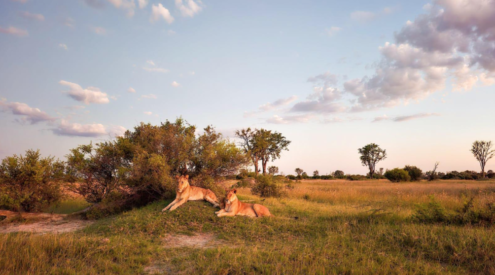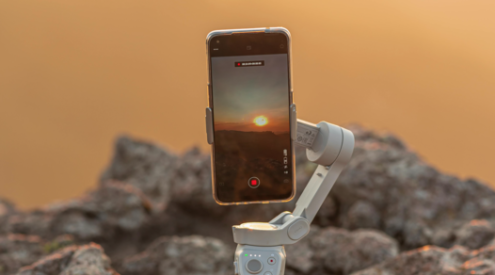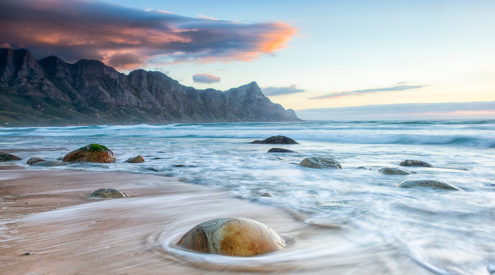Nighttime cityscapes transform dreary buildings into an urban playground for photographers – and one that is a vastly different sight to that seen during the day.
However, low-light photography can be a tricky beast to master. With minimum levels of ambient light available, what we can see is often completely different to how much light our cameras can pick up during a long exposure. A lot of experimentation is involved – but that’s where the fun is to be had, and when you get it right it’s that much more rewarding.
So, whether you’re traveling abroad or visiting a well-trodden city closer to home, grab your tripod and head out with these tips in mind.
Related: five ways to improve your seascape photography
Related: how to take better travel portraits

The Louvre. Image by Problemkind.
1. Scout ahead
Research recognisable features and iconic buildings and find inspiration from postcards or coffee-table books prior to your arrival. Do a drive-by of the area the evening before your shoot to see which buildings are artificially lit and to select eye-catching city views.
2. Clean up quality
Use a tripod and a small aperture (f8-f16) to increase detail and create neat starbursts over bright lights. Use a lens hood to restrict uncontrolled flare from nearby light sources. Still blurry? Use a shutter-release cable or the self-timer to reduce camera shake.
3. Mix exposures
The naked eye sees far more detail between highlights and shadows than a camera sensor. Shoot three exposures (under, over and even exposure) of the same scene and merge them in post-production for an evenly balanced image. Don’t be afraid to edit images in post-production and shape them closer to what you saw.

Boston Skyline. Image by Stefano Montagner.
4. Wait it out
Don’t go home too early. Hang around after the sun has set when the sky turns a beautiful, deep blue. To the eye it looks almost black, but don’t be fooled. A long exposure will pick up more light than you think. As the city lights flicker on they liven the scene with light and colour, and the shadows on buildings are not yet overpowering.
5. Look for lines

Cape Town, South Africa. Image by Michael Wrankmore.
Incorporate busy roads, wind-driven clouds and moving water to add drama and direction to your images. Heighten this effect with a wide-angle lens and by getting close to the action. Blur movement with slow exposures (10 to 30 seconds) to create lines that will enhance the composition and lead the viewer’s eye to a focal point.
This article originally appeared in the July issue of Getaway Magazine.


























